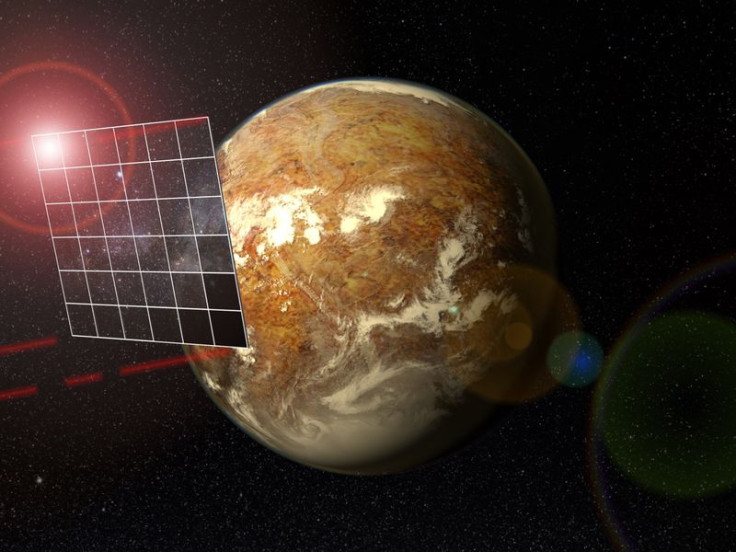Bill Nye Explains How Solar Spacecraft Could Protect Earth From Asteroids

KEY POINTS
- LightSail 2 successfully uses solar radiation for propulsion
- Solar spacecraft can be used for Earth's planetary defense
- Solar spacecraft can easily spot hard-to-detect hazardous asteroids
Prominent scientist Bill Nye recently lauded the achievements of The Planetary Society’s LightSail 2 spacecraft and how it can revolutionize space travel. He also explained how the concept behind the new-generation spacecraft can be used as part of Earth’s planetary defense against asteroids.
LightSail 2 was launched earlier in June as a secondary payload aboard the SpaceX Falcon Heavy rocket. As a solar spacecraft, the LightSail 2 relies on its large solar sail for propulsion.
Like its predecessor, the LightSail 1, LightSail 2 uses solar radiation to move across space. It relies on solar photons to pressure on the sail in order to accelerate.
According to Nye, the executive director of The Planetary Society who became famous for his television program “Bill Nye the Science Guy,” LightSail 2 demonstrates the concepts imagined by 17th-century astronomer Johannes Kepler.
“There's something about sunlight that must carry force, the same way wind carries the force of sailboats at sea,” Nye said, according to Space.com. “[Kepler] predicted one day people would be sailing through space, carried by light. That was a tremendous idea, just based on inference and observation.”
As envisioned by The Planetary Society and its founders, using solar sails could someday serve as a cost-efficient alternative propulsion system for spacecraft. Nye noted that it can even be used as a key component of Earth’s planetary defense strategy.
According to the scientist, a solar spacecraft can be deployed to patrol the region between the Earth and the Sun. By controlling the spacecraft to always face away from the Sun, it can spot hard-to-detect asteroids that could be on a collision course with Earth.
As NASA previously confessed, detecting approaching asteroids moving against the dark backdrop of space can be tricky. This issue can be solved by equipping a solar spacecraft with the right tools such as an infrared imaging system.
“Looking for asteroids is like looking for charcoal briquettes in the dark, which is hard at visual wavelengths, but with the right instrument you can see them,” Nye explained.
With more solar spacecraft patrolling space, Nye believes agencies and organizations will have better chances of spotting potentially hazardous asteroids.
© Copyright IBTimes 2025. All rights reserved.





















